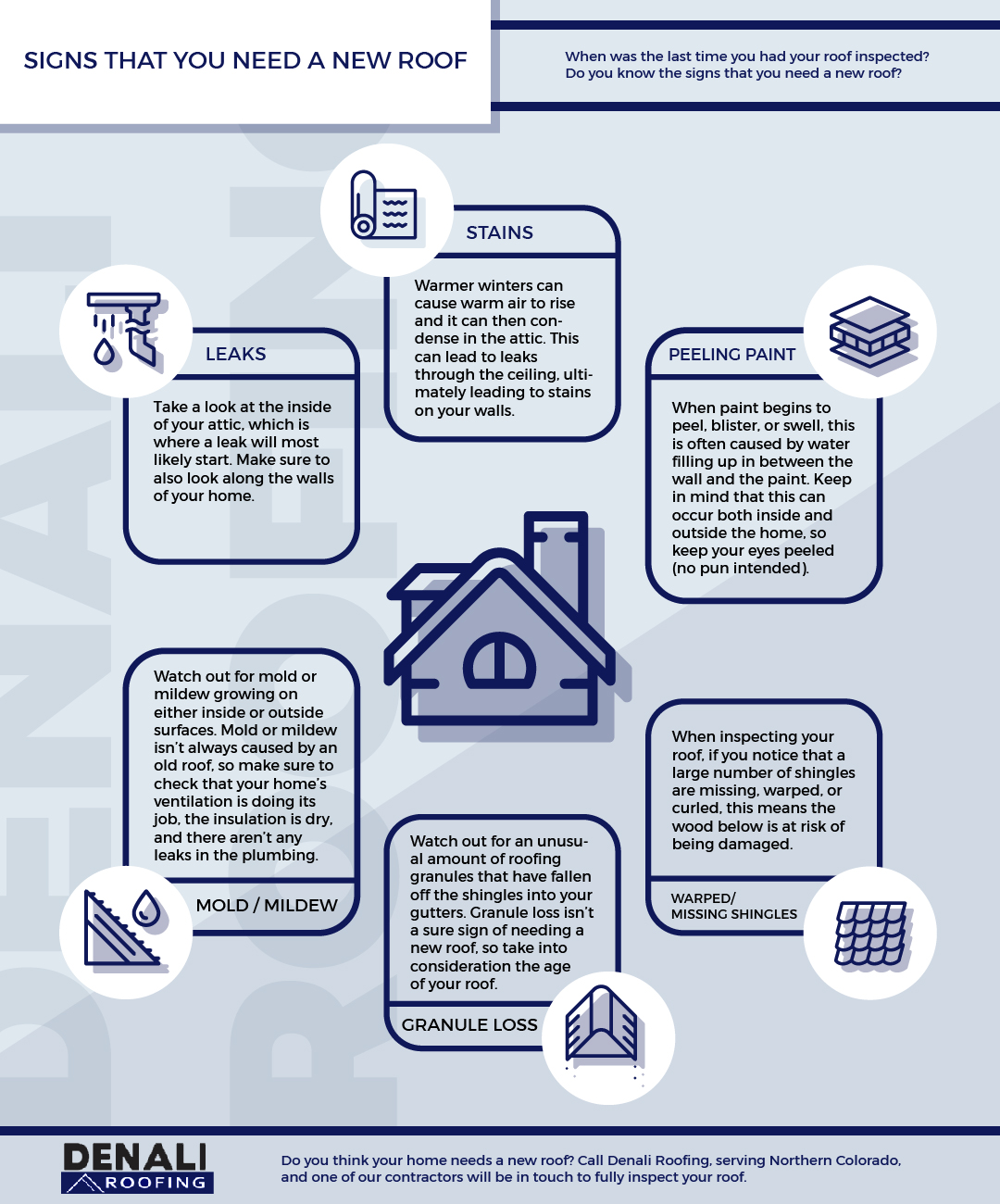Understanding Weather Condition'S Effect On Roof Installation: Trick Seasons And Issues For An Effective Task
Understanding Weather Condition'S Effect On Roof Installation: Trick Seasons And Issues For An Effective Task
Blog Article
Write-Up Author-Jantzen Donnelly
When it concerns roofing system installations, the climate can make or break the work. Think of the aggravation of handling products that will not coordinate because of extreme warm or battling slippery surface areas triggered by unexpected rain. Recognizing the impact of weather conditions on your roof job is essential for an effective end result. So, let's explore just how various weather condition components can affect the quality and toughness of your roofing system installation, making sure a work well done.
Effect of Temperature Level on Roofing Installation
When it comes to roofing system installation, temperature plays a crucial role while doing so. The excellent temperature level for roof tasks normally falls in between 45 and 85 levels Fahrenheit. Severe warm can trigger products like shingles to become too pliable, causing potential damage during installation. On the other hand, cold temperature levels can make materials brittle and susceptible to splitting. It is essential to schedule roof covering setups throughout moderate temperatures to make sure the most effective result.
During chillier weather condition, professionals might need to take added safety measures such as using warmed equipment or allowing products to heat up prior to installment.
On the other hand, heat might call for job to be done previously or later on in the day to stay clear of the peak temperature levels. By considering the temperature level and its impacts on roof materials, you can assist make sure an effective installation that will stand up to the elements for years to find.
Result of Precipitation on Roof Projects
Roof covering projects can be considerably impacted by precipitation, impacting both the timeline and the high quality of the installation. Rainfall or snow can produce unsafe conditions, making it hazardous for roofers to work on a damp surface. In addition, wetness can compromise the attachment of materials like roof shingles or underlayment, leading to possible leakages or damages in the future.
If it rainfalls during a roof project, the water can seep right into at risk areas, triggering delays as the installation team need to wait on the roofing to dry prior to continuing. Excessive moisture can additionally promote the development of mold and mildew and mildew, further threatening the stability of the roofing.
To prevent these problems, it's advised to arrange roof projects throughout drier periods or keep track of the weather forecast carefully to intend around any potential rainstorms. By taking preventative measures to operate in favorable weather conditions, you can guarantee a smoother and much more effective roofing system setup procedure.
Impact of Wind Rate on Setup Success
Throughout roofing installation, the speed of the wind plays a vital duty in determining the success of the job. High wind rates can position considerable challenges to roofing contractors, possibly causing safety and security risks and high quality problems. When wind speeds exceed recommended limits, it becomes difficult to take care of materials, boosting the danger of crashes and damage to the roof covering materials. Solid gusts can also affect the precision of dimensions and the precision required for proper installment.
To ensure a successful roof installation, it's important to keep an eye on and consider wind rates. Preferably, more info to occur on days with low to moderate wind speeds. This not only enhances the security of the workers yet also boosts the total quality of the setup.
Roofing projects arranged during calm weather conditions are more likely to be completed successfully and with less errors. By focusing on wind speed projections and planning as necessary, you can assist make sure a smooth and effective roofing installation process.
Conclusion
So, when it comes to roof covering setup, bear in mind to consider the climate condition to make certain a successful job. Optimal temperatures, dry conditions, and moderate wind speeds are key aspects to focus on for a smooth installment process. By scheduling your job during the very best seasons and suitable weather conditions, you can attain a resilient and long-lasting roofing that will protect your home for several years ahead.
